Marie Antoinette (1938 film)
7.8 /10 1 Votes
Director W. S. Van Dyke Country United States | 7.7/10 IMDb Genre Biography, Drama, History Duration Language English | |||||||||||||||||||||||||||||||||
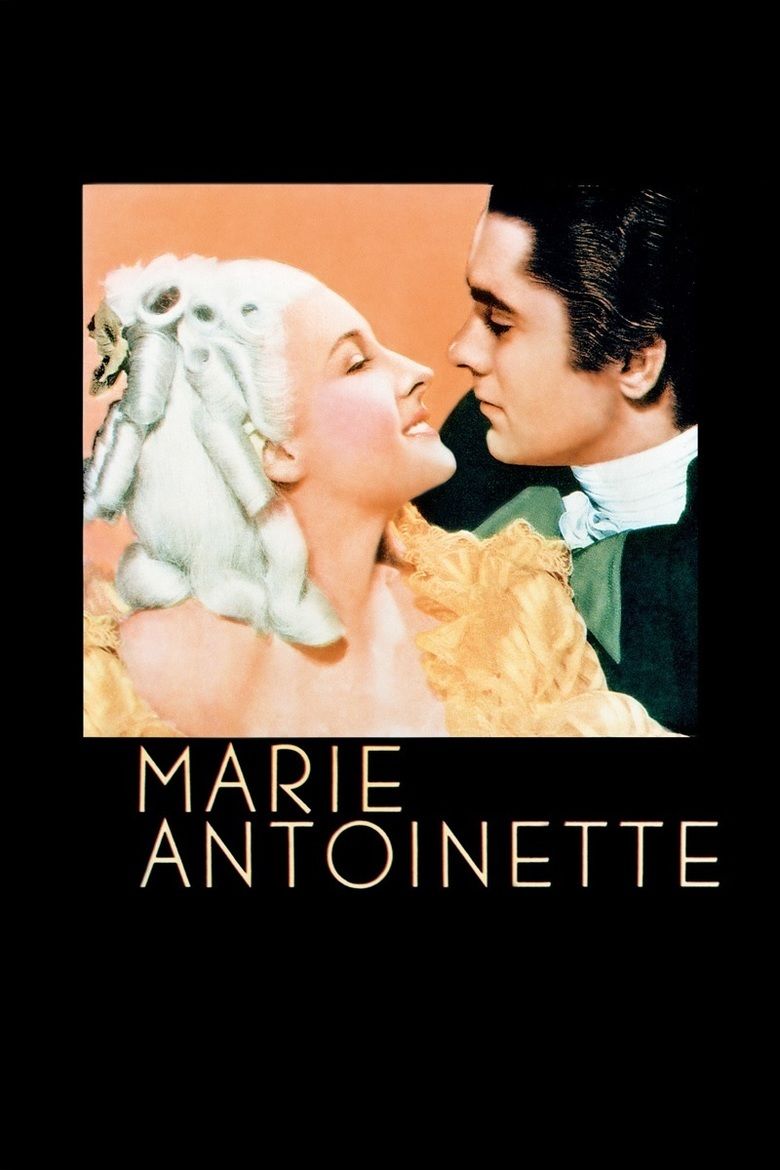 | ||||||||||||||||||||||||||||||||||
Release date July 8, 1938 (1938-07-08) Writer Claudine West (screen play), Donald Ogden Stewart (screen play), Ernest Vajda (screen play), Stefan Zweig (based in part on the book by) Directors W. S. Van Dyke, Julien Duvivier Screenplay Stefan Zweig, F. Scott Fitzgerald, Donald Ogden Stewart, Ernest Vajda Cast (Marie Antoinette), (Count Axel de Fersen), (King Louis XV), (King Louis XVI), (Princesse de Lamballe), (Duke d'Orléans) Similar movies Insurgent , Viva Cuba , Argo , The Last Emperor , The Motorcycle Diaries , Lenin: The Train | ||||||||||||||||||||||||||||||||||
Marie antoinette 1938 official trailer norma shearer tyrone power movie hd
Marie Antoinette is a 1938 film produced by Metro-Goldwyn-Mayer. It was directed by W. S. Van Dyke and starred Norma Shearer as Marie Antoinette. Based upon the 1932 biography of the ill-fated Queen of France by the Austrian writer Stefan Zweig, it had its Los Angeles premiere at the legendary Carthay Circle Theatre, where the landscaping was specially decorated for the event.
Contents
- Marie antoinette 1938 official trailer norma shearer tyrone power movie hd
- Marie antoinette official trailer sofia coppola
- Plot
- Cast
- Background
- Costumes and set designs
- Reception
- Home media
- Academy Award nominations
- Marie antoinette 1938 costumes
- References

The film was the last project of Irving Thalberg who died in 1936 while it was in the planning stage. His widow Norma Shearer remained committed to the project even while her enthusiasm for her film career in general was waning following his death.
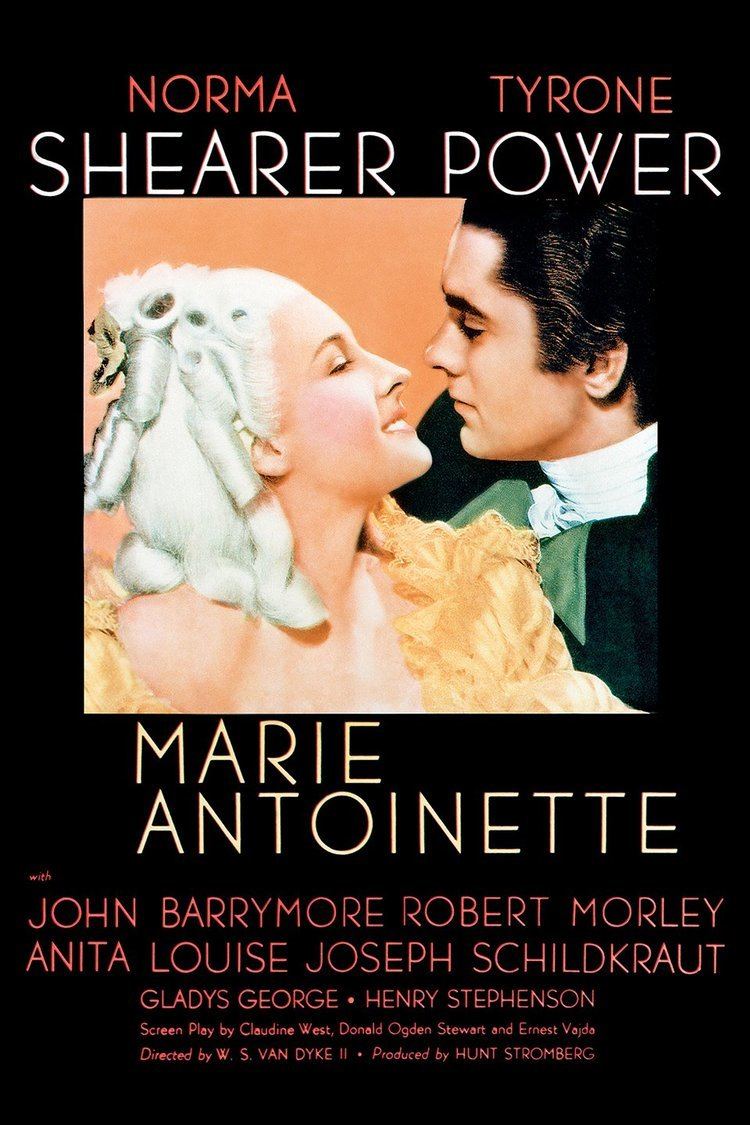
With a budget close to two million dollars, it was one of the more expensive films of the 1930s, but also one of the bigger successes.
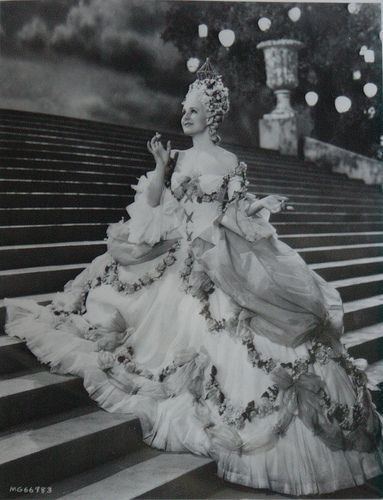
Marie antoinette official trailer sofia coppola
Plot
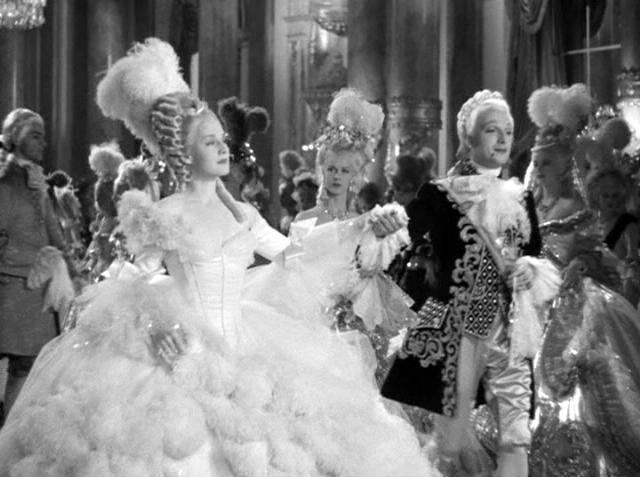
In Vienna, 15-year-old Marie Antoinette (Norma Shearer) is informed by her mother, Empress Marie Therese of Austria (Alma Kruger), that Marie is to marry the future King of France, the Dauphin Louis XVI (Robert Morley). The young princess is excited to meet her future husband and live as a queen, but the Dauphin she married is actually a shy man, more at home with locksmithing than attending parties at the court at Versailles. After they are married, Marie tries desperately to please her husband, and after some trepidation, the Dauphin realizes he can trust Marie and tells her he cannot produce heirs. Without children to occupy her time and attention, Marie is bored and associates with the power-hungry Duc d'Orleans (Joseph Schildkraut), even though the Dauphin does not like him.

On their second wedding anniversary, Marie is insulted by Madame du Barry (Gladys George), the mistress of King Louis XV (John Barrymore), who gives Marie a gift of an empty cradle with a poem critical of Marie's inability to produce an heir to the throne. Marie is enraged, but the Dauphin is too weak to have his grandfather, King Louis XV, punish Madame du Barry. Later, at a costume party, she meets the Swedish Count Axel Fersen (Tyrone Power) and introduces him as a member of the Russian nobility as a party game. She then wagers and loses a necklace worth 200,000 livres, which causes her mother's ambassador, Count Mercy (Henry Stephenson) to scold her for her wanton behavior and disregard for the people. Marie is irritated by the scolding, but pays the ambassador little mind.
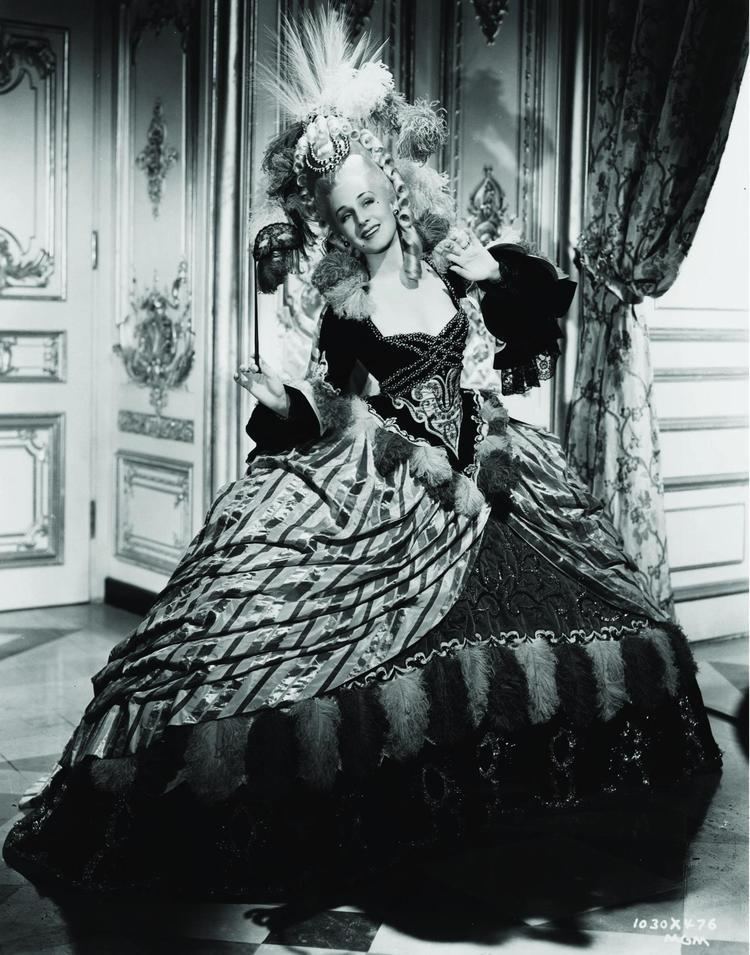
On their fourth wedding anniversary, a ball is held to conciliate Madame du Barry and Marie, but a confrontation between the two women ensues when du Barry pointedly draws attention to the Dauphin's absence from his wife's ball, implying that the couple's estrangement means there will never be an heir to the throne. When Marie responds with a cutting reference to du Barry's past as a streetwalker, the infuriated countess storms out with the king at her side. Louis XV then decides that the childless marriage between his grandson and Marie is to be annulled. This decision finally drives the Dauphin to defend his wife; he pushes his grandfather into a chair and threatens to put du Barry in the Bastille. When Marie is told she is to be sent back to Austria, she is immediately abandoned by d'Orleans, who was only her friend because of her role as future Queen of France. Marie flees to the home of her mother's ambassador, Count Mercy. There she finds Fersen, who tells her he loves her and has loved her for years—learning all he could about her from museums.
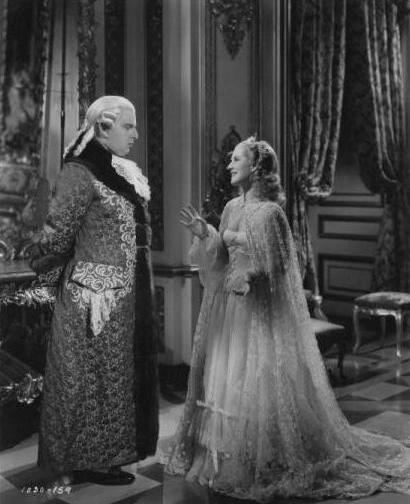
Marie realizes that she has fallen in love with Fersen, but as she goes to tell the Dauphin of this fact, she learns that King Louis XV is dying of smallpox. The Dauphin tells Marie that he cannot let her leave; he is fond of her even if he does not love her. Marie consents; Louis XV dies, and they become King and Queen of France. Marie tells Fersen that they can meet at another palace to be together, but he refuses to risk ruining her reputation, and tells her to fulfill her duty as Queen. Later, she gives birth in front of an audience to a daughter, Marie-Therese, and after that a new Dauphin is born at last.
Some years later, when the Dauphin has grown into a young boy, peasants throw stones at Marie's carriage while she has taken her children for a drive. She is shocked at the intense dislike displayed by the people of France. She blames d'Orleans for inciting them. Marie later rejects a jeweler's expensive and elaborate necklace, but she is framed by court insiders plotting to acquire the necklace for themselves, and the Affair of the Diamond Necklace erupts. Marie is outraged, but d'Orleans tells the royal couple to abdicate the throne in favor of the Dauphin under the regency of d'Orleans.
The French Revolution comes, and the royal family is taken prisoner. Fersen returns with a plan of escape, but when the Dauphin tells a guard that his father is a locksmith, the King is recognized and arrested after a former priest at Versailles identifies him. The King is put on trial and sentenced to death, and spends his last night with his family, his children not realizing this is the last night they will spend with their father. Marie is heartbroken, but is then separated from her children, put on trial and condemned to death. The Dauphin, too young to understand what is going on around him, is forced to testify against his mother. The night before she is executed, Fersen goes to the prison and they pledge their love to each other, with Marie telling him that she will never say goodbye. The next morning she goes bravely to her execution, which Fersen witnesses from a distance.
Cast
Background
William Randolph Hearst originally planned this film as a vehicle for Marion Davies as early as 1933. However, a clash with Louis B. Mayer after the failure of her film Operator 13 led to the couple switching to neighboring Warner Brothers.
Norma Shearer was the wife of MGM studio head Irving Thalberg when this project was greenlighted sometime before his death in 1936. This was reportedly Shearer's favorite role.
Originally to be directed by Sidney Franklin, the job was given to W.S. Van Dyke. Irving Thalberg originally planned for Charles Laughton to play the role of Louis XVI, but Laughton, after lengthy deliberations, finally declined.
Costumes and set designs
The film boasted thousands of expensive costumes and lavish set design. The array of costumes created for the film are among the most expensive in film history. Costume designer Adrian visited France and Austria in 1937 to research the period. While there he purchased vast quantities of antique materials, French lace, and period accessories for use in the film. He studied the paintings of Marie Antoinette, even using a microscope on them, so that the embroidery could be identical. Fabrics were specially woven and subsequently embroidered with stitches sometimes too fine to be seen with the naked eye. The studio raged at the amount of money being spent on costumes for the film. The attention to detail was extreme, from the framework to hair. Some gowns were extremely heavy due to the amount of embroidery, fabric and precious stones used in their creation. Ms. Shearer's gowns alone had the combined weight of over 1,768 pounds, the heaviest being the 108 pound wedding dress created using hundreds of yards of white silk satin hand embroidered in gilt thread. Originally slated to be shot in Technicolor, many of the gowns were specially dyed. The fur trim on one of Ms. Shearer's capes was therefore dyed the exact shade of her eyes.
The elaborate costumes were subsequently reused multiple times in other period films to offset the cost of their creation. Many have survived and exist in both museum and private costume collections internationally.
The ballroom at Versailles was built to be twice as large as the original to give the ball sequences a grander scale. Genuine French furniture from the period was purchased and shipped to Hollywood, some of it thought to have originally been from Versailles. The budget was a then-enormous $2.9 million. After calculating the huge expense of costume and set design, plans to render it in color were scrapped because of concerns it would cost even more to add Technicolor.
Reception
The film was popular but because of its enormous cost recorded a loss of $767,000.
Home media
Sofia Coppola released her 2006 film version of the life of the queen at Versailles, causing Warner Brothers to release its 1938 vault version of Marie Antoinette on DVD. Extras are sparse, with only two vintage shorts included on the disc. "Hollywood Goes to Town" provides a glimpse of the elaborate premiere for the movie, while a trailer is also included.
Academy Award nominations
Marie antoinette 1938 costumes
References
Marie Antoinette (1938 film) WikipediaMarie Antoinette (1938 film) IMDbMarie Antoinette (1938 film) themoviedb.org
